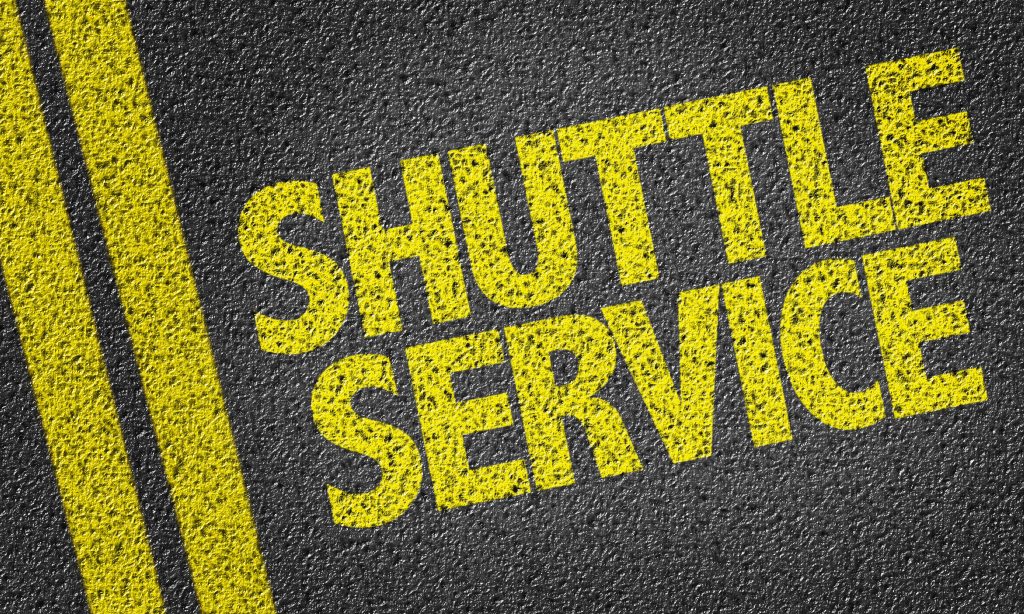20 New Facts For Picking Employee Shuttle Websites
20 New Facts For Picking Employee Shuttle Websites
Blog Article
Employee Shuttles Costing And Budgeting Tips
Here are 10 great ideas to aid you in planning and budgeting for employee shuttle transportation:
1. Conduct a thorough Analysis of Costs
Begin by conducting an in-depth cost analysis of the entire shuttle operation. It should include direct costs such as vehicle purchase, leasing, or rental expenses, as well as operational expenses like fuel, maintenance and insurance, as well as the salaries for drivers. Understanding the entire spectrum of costs can aid in determining the budget needed to operate a shuttle service.
2. Establish Clear Budget Goals
Establish objectives for your budget based upon the cost analysis. Calculate how much you are willing to spend on shuttle services, and establish key performance metrics (KPIs), to measure the success. These KPIs include employee happiness, the rate of use and overall efficiency, among others. The clearness of goals helps direct expenditure and allocate resources.
3. Explore Your Funding Options
Explore sources of funding for your shuttle service. You could use your own funds, grants, or agreements with local transport authorities to provide funding or sources. Understanding available funding options can assist in easing financial burdens, and also allow greater service options.
4. Choose the most cost-effective vehicle options first.
Prioritize vehicles with the lowest initial cost, while also considering their long-term costs. Take into consideration factors such as fuel efficiency, maintenance requirements and the reliability of the vehicle. Letting or purchasing used vehicles that are in good condition will help lower upfront costs.
5. Create a Dynamic Pricing Model
Explore a dynamic method of the cost of shuttle service. It could be as simple as charging a nominal cost for the use of the shuttle, which can help offset operating costs. Pricing based on the amount of use can motivate employees to take advantage of the service while contributing to the budget.
6. Utilize technology to cut costs
Utilise technology to boost efficiency and lower costs. Software for managing fleets is a great method of tracking the use of fuel as well as maintenance schedules. It can also help optimize routes. GPS tracking can help improve scheduling and cut down on idle time. This can reduce the cost of fuel. The technology may be costly initially however it will reduce your expenses over time.
7. Control and monitor operational costs
Regularly review operating costs to determine areas for reduction. Monitor closely expenses for maintenance, fuel consumption as well as the number of hours a driver spends. The best way to save money is through the implementation of strict fuel management strategies such as encouraging environmentally friendly driving. Establish monthly or quarterly reviews to ensure the shuttle service remains within budget.
8. Encourage employees to participate in cost-saving initiatives
Encourage employees to participate in cost-saving initiatives that involve shuttle transportation. You could encourage employees to carpool or reward those who frequently make use of the shuttle. Engaging employees will not only give them an attitude of ownership, but also leads to an increase in usage, eventually reducing overall costs per passenger.
9. Plan for Contingencies
Plan for unexpected costs by establishing a contingency plan. Shuttle services can be faced with unexpected costs such as fluctuating fuel prices or urgent repairs. A small portion of the budgets can be allocated to cover contingencies. It gives the service a financial cushion and allow it to continue operating efficiently.
10. Regularly Evaluate and Adjust Your Budget
Finaly, continue to evaluate and adjust budgets based on the actual usage and performance. Get feedback from employees on their experiences and satisfaction with the shuttle service. Regularly assessed assessments can help you uncover trends in transportation requirements and allow quick changes to the budget to maximize the allocation of resources.
Implementing these tips can help you reduce your expenses and budget for employee shuttles, ultimately improving the efficiency and quality of the service. Check out the most popular straight from the source on employee transportation for blog info including san airport shuttle, airport transportation services, rides to lax, car service transportation, bus airport shuttle, airport service shuttle, airport transfer services, cheapest transport, airport transportation, airport shuttle from airport and more.
10 Top Tips On The Safety And Reliability Of A Transportation Service
Here are 10 tips to help you select an efficient and secure corporate event transportation service.
1. Conduct thorough inspections of your vehicle
Before an event, be sure that all vehicles have been thoroughly inspected. Check all important components for the proper operation such as brakes. Tires. Lights. Seatbelts. Regular maintenance, and pre-trip inspections can reduce the risk of mechanical failures.
2. Hire Qualified and Experienced Drivers
Verify that all drivers possess a valid copyright, are licensed properly and have a clean driving record. Background checks must be conducted and their previous experience in the transportation of corporate events, specifically confirmed. For safety and reliability it is essential to hire drivers who are trained and have previous experience.
3. Safety Training Programs
Make sure that all staff and drivers are trained to be safe. Training should include defensive driving techniques as well as emergency procedures and customer service. Regular training sessions keep security in mind and aid drivers be prepared for a variety of situations.
4. Establish Clear Emergency Protocols
Develop and communicate clear protocols in emergency situations to motorists and passengers. This includes procedures to handle incidents, medical emergencies as well as unexpected situations. To ensure safety overall practice drills to ensure that everyone is aware of how to react in an emergency.
5. Utilize GPS Tracking and Fleet Management Software
Install GPS tracking on all vehicles to track them in real-time. This technology enables transportation coordinators to monitor shuttles, optimize routes, and quickly respond to any issues that could occur. Fleet management software is also capable of monitoring the performance of vehicles and aid in maintenance.
6. Adequate insurance coverage is crucial.
Review and maintain a comprehensive insurance coverage for all transportation operations. It must cover liability and accidents that may happen on the road. The attendees and the organization are protected by adequate insurance that provides peace of mind.
7. Ensure that attendees are informed of the meeting clearly
Provide clear information about transportation to all attendees, including pickup locations, schedules, and contact information for transportation coordinators. By distributing this information ahead of time you will be able to manage attendees' expectations and make them feel more secure regarding their transportation arrangements.
8. Check weather and traffic conditions
On the actual day of the event, you should monitor traffic and the weather. Be ready to adjust routes or schedules as needed to ensure you're arriving in time. Transport services can be more secure when they have a plan of managing adverse weather or traffic.
9. Receive feedback following the event and review it.
After the event, collect feedback from attendees regarding their transportation experience. Ask questions about safety, speed of service, and overall satisfaction. After reviewing this feedback, you will be able to identify improvements and make sure that future transport services meet safety standards.
10. Create a Contingency Plan
Prepare a contingency strategy for unexpected events, such as absences, vehicle breakdowns, or the inability of drivers. This plan should include alternative transportation options as well as steps to follow in the case of an emergency. Implementing contingency plans you can increase efficiency and ensure that your guests are not stranded on transportation.
These suggestions will improve the safety of corporate events transportation. Prioritizing security not only protects event attendees but also reflects well on the organization. Reliable transportation services are essential for the successful running of corporate events. They ensure that attendees enjoy a smooth experience. See the top rated discover more here on corporate event transportation for more recommendations including transportation management system, transportation management, transportation services, best transport, transportation logistics services, transport job, reliable transportation, transport job, transport systems, global transport and more.